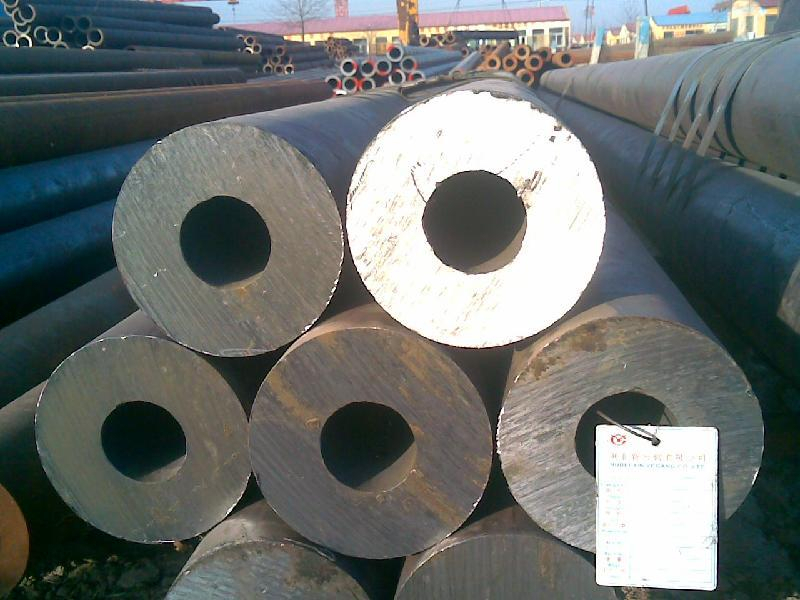The production process of small-diameter thick-walled seamless steel pipes is the same as that of seamless pipes, and can be divided into four basic methods: cold drawing, cold rolling, hot rolling, and thermal expansion. Small-diameter thick-walled steel pipes are mostly used in large-scale steel structure construction as the main support part (steel pipe pile), such as bridge piling, submarine piling, and high-rise building piling.

Characteristics of small diameter thick wall seamless steel pipe
1. Small-diameter thick-walled seamless pipe refers to a steel pipe with a small ratio of outer diameter to wall thickness. The minimum diameter can reach 3mm, and the minimum wall thickness can reach 1mm.
2. The weight formula of small-diameter thick-walled seamless steel pipe: [(outer diameter-wall thickness)*wall thickness]*0.02466=kg/m (weight per meter)
3. Mainly used as petroleum geological drilling pipes, cracking pipes for petrochemical industry, boiler pipes, bearing pipes, high-precision structural pipes for automobiles, tractors, and aviation, etc.
4. Small-diameter thick-walled seamless steel pipe materials include: 10#, 20#. 25#, 35#, 45#, 16Mn, etc.
5. Production process round tube billet→heating→piercing→three-roll cross rolling, continuous rolling or extrusion→pipe removal→sizing (or reducing)→cooling→straightening→hydraulic test (or flaw detection)→marking→ Storage
Summarize
If you want to obtain a seamless pipe with a smaller size and better quality, you must use cold rolling, cold drawing or a combination of both. In the extrusion method, the heated tube blank is placed in a closed extrusion cylinder, and the perforated rod and the extrusion rod move together to make the extruded part extrude from a smaller die hole. This method can produce steel pipes with smaller diameters.

Characteristics of small diameter thick wall seamless steel pipe
1. Small-diameter thick-walled seamless pipe refers to a steel pipe with a small ratio of outer diameter to wall thickness. The minimum diameter can reach 3mm, and the minimum wall thickness can reach 1mm.
2. The weight formula of small-diameter thick-walled seamless steel pipe: [(outer diameter-wall thickness)*wall thickness]*0.02466=kg/m (weight per meter)
3. Mainly used as petroleum geological drilling pipes, cracking pipes for petrochemical industry, boiler pipes, bearing pipes, high-precision structural pipes for automobiles, tractors, and aviation, etc.
4. Small-diameter thick-walled seamless steel pipe materials include: 10#, 20#. 25#, 35#, 45#, 16Mn, etc.
5. Production process round tube billet→heating→piercing→three-roll cross rolling, continuous rolling or extrusion→pipe removal→sizing (or reducing)→cooling→straightening→hydraulic test (or flaw detection)→marking→ Storage
Summarize
If you want to obtain a seamless pipe with a smaller size and better quality, you must use cold rolling, cold drawing or a combination of both. In the extrusion method, the heated tube blank is placed in a closed extrusion cylinder, and the perforated rod and the extrusion rod move together to make the extruded part extrude from a smaller die hole. This method can produce steel pipes with smaller diameters.









